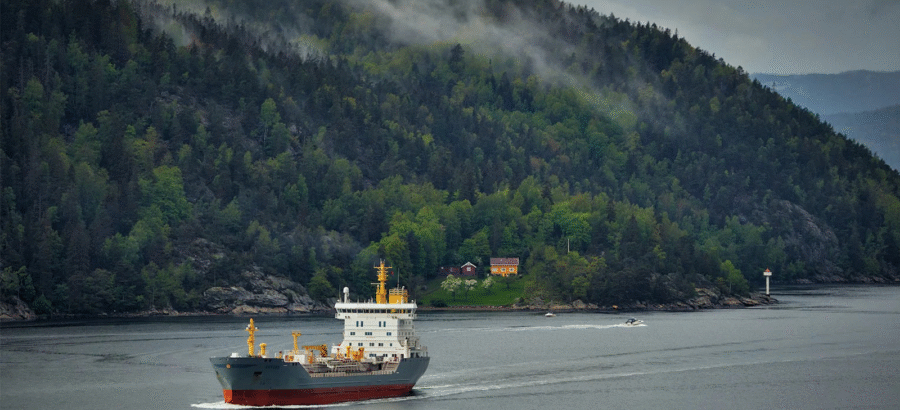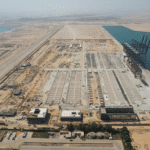Tanker vs. Bunker: Essential Knowledge for Maritime Professionals
In the maritime and oil logistics industry, the terms “tanker” and “bunker” are often used together. However, they refer to two completely different concepts. Both involve liquid fuels, but their purposes, operations, and roles within the marine supply chain are distinct.
At Sea Wise Marine Services, we believe understanding this difference is essential for professionals working in shipping, bunkering, and port operations, as it directly impacts efficiency, safety, and compliance in every voyage.
What is a Tanker?
A tanker is a specialized vessel designed to transport large volumes of liquid cargo safely across long distances.
This cargo may include:
- Crude oil
- Refined petroleum products (gasoline, diesel, jet fuel)
- Chemicals
- Liquefied gases such as LNG and LPG
Tankers are built with advanced cargo-handling systems, including multiple storage tanks, pipelines, and pumping units, enabling them to efficiently load, store, and discharge liquid cargo.
What is a Bunker?
The term “bunker” refers to the fuel consumed by ships to power their main engines and onboard generators not the cargo being transported.
Bunkering is the process of supplying this marine fuel to ships, whether they are docked at port or anchored offshore.
This can be done via bunker barges, tankers, or fuel trucks depending on the port’s infrastructure.
Common types of bunker fuels include:
- Heavy Fuel Oil (HFO)
- Marine Gas Oil (MGO)
- Low-Sulfur Fuel Oil (LSFO) in compliance with IMO 2020 environmental regulations
Main Difference Between Tankers and Bunkers
The difference lies in function and purpose:
- Tankers transport fuel or other liquids as cargo.
- Bunkers represent the fuel used by ships for their own operation.
In other words, tankers are part of the global energy transport network, while bunkers mark the final stage of that journey powering vessels to move goods, passengers, and energy around the world.
How Tankers and Bunkers Are Connected
Although they serve different functions, they are closely interconnected within the maritime fuel supply chain.
A tanker may deliver refined oil to a port’s fuel storage facility. From there, bunker suppliers like Sea Wise Marine Services use smaller vessels or trucks to deliver that fuel directly to ships requiring refueling.
So, while tankers move energy globally, bunkering distributes that energy locally to operational vessels.
Why This Distinction Matters
Understanding the difference between tankers and bunkers is crucial across the maritime industry for several reasons:
- For port authorities: Ensures safe and controlled fuel-handling operations.
- For ship operators: Helps meet international standards on fuel quality and emissions.
- For traders and logistics managers: Clarifies the difference between fuel transport and fuel consumption responsibilities.
At Sea Wise Marine Services, we combine expertise in marine fuel supply, ship chandling, and port logistics to deliver safe, compliant, and efficient bunkering operations for our clients worldwide.
Conclusion
Both tankers and bunkers are critical to global maritime operations one ensures the movement of energy, while the other keeps vessels moving.
By understanding their roles, shipping professionals can achieve better coordination, improved safety, and smoother operations across every stage of the supply chain.
At Sea Wise Marine Services, we are committed to supporting shipowners and operators with reliable bunkering, fuel management, and port services ensuring every voyage runs efficiently from port to open sea.






